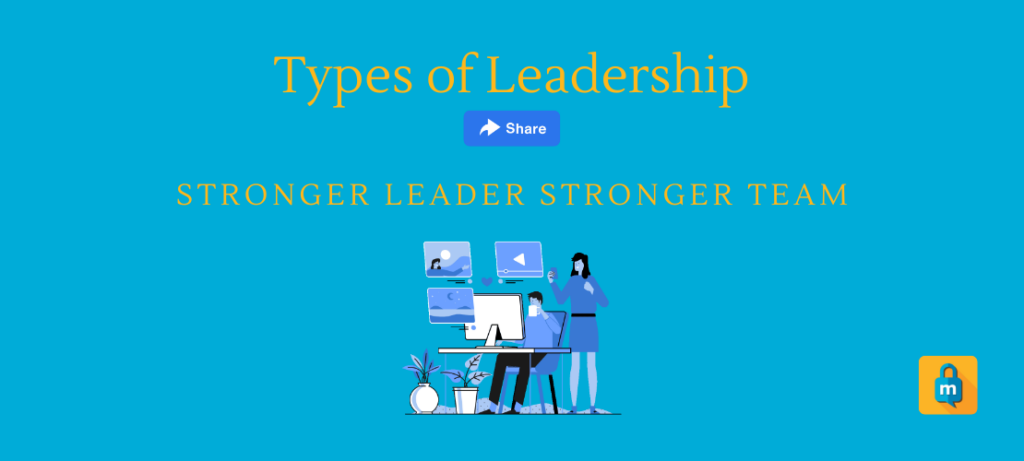The extreme growth of technology and communication requires training and retraining for leaders. A healthcare professional’s compassion and resolve are ever-growing, and with the help of technology, articulating the depths of kindness is enhanced. Now, how does that relate to leadership? Using technology to improve communication and build social relations is crucial in leadership. Especially when there’s limited leadership training within healthcare for novices doing their residency. Consider the four organizational cultures within Competing Value Framework (CVF) and how the affiliated leadership styles may dominate in specific settings:
- controlling (Hierarchy)
- competing (Market)
- creative (Adhocracy)
- and collaborative (Clan).
A study by Debra O’Neil et al., “Leadership and Community Healthcare Reform: A Study Using the Competing Values Framework (CVF),” found that participants view the current leadership style within the organization as competing and controlling. Competitive leadership is ranked as least favored. Many participants preferred clan leadership and hierarchy leadership style. The collaborative leadership style is highly valued, and participants would like more creative leadership. For a developing leader, clear objectives are crucial.
Here are the six leadership styles that may be applicable:
- transformational
- transactional
- autocratic
- charismatic
- bureaucratic
- and democratic.
Transformational Leader
Transformational leadership has charismatic qualities; these leaders are attentive to developing the followers and their needs as a whole. Often the most sought leadership style in healthcare since these leaders act as the bridge between leader and followers to create a mutual understanding, engendering a positive organizational performance. Using encrypted messaging will benefit the leaders in delivering their messages directly and seamlessly.
Transactional Leader
The transactional leadership style is reciprocal that has a positive organizational performance, magnifying organizational and human capabilities—also a popular leadership style within healthcare. Employees can achieve tangible and intangible rewards, and the drawback is expectation. Using on-call scheduling is a perfect reflection of the way leader would reward their followers. This type of leadership creates an optimal performance environment and delineates a compelling vision. However, it doesn’t encourage creativity and innovation since quality results in measuring metrics. Useful for incremental improvement in efficiency and quality.
Autocratic Leader
Classic and bossy, these leaders retain all decision-making rights to themselves since there’s not much faith in their followers. Common within surgical practices since surgeons have to be ready to switch to this leadership style when there’s an urgent crisis. These leaders have followers execute strategies and services in a specific method. By sending an internal code to their team, leaders could avoid causing panic during an acute problem. Leadership style is short-term and leads to organizational conflicts, such as restricting socialization and communication. Only effective when there’s a deadline.
Charismatic Leader
One of the most successful leadership styles is motivating, inspiring, and inviting followers to follow and execute the vision. A significant drawback is that followers become directionless once the leader leaves the organization. Leaders need to train their subordinates to act as replacements. There’s a long-term negative effect when leaders don’t train assistants to become the next leader. To resolve the drawback, leaders could use a secure messaging app to communicate their vision, establish who will be the next leader in emergencies, and train them for those situations.
Bureaucratic Leader
Bureaucratic leaders influence followers to follow policies and procedures designed by the leader. This leader doesn’t commit to their people, which is not as effective since leadership doesn’t impact employees and organizational performance significantly. Thus, only effective short-term development and motivation for the employees are needed. They are engendering a high turnover rate since there’s no employee development. Using a secure messaging app will resolve the lack of impact by establishing relations through communication. The leaders can give opportunities, communicate, and develop social connections with their team.
Democratic Leader
Leadership style allows decision-making to be shared by all. Employees develop a sense of responsibility because this leader gives objective praise and criticism. Democratic leadership prepares future leaders, engendering a positive effect in the long run. This leader focuses on group discussion and participation, and the drawback is the high potential for weak execution and poor decision-making. A secure messaging app will give you a glance at who’s on call, and the leader will be able to pick the most qualified candidate for the tasks-minimizing the potential for weak execution and decision-making.
With the six leadership styles introduced, let’s bring in the essential traits of a successful leader:
- emotional intelligence (EI)
- vision
- flexibility
- selflessness
- motivation
- empathy
- adaptability
- growth
- accountability
- confidence
- reliability
- influence
- management
- and judgment.
Qualities of a Leader
Within healthcare, leaders need to motivate and clarify followers’ goals. Self-reflection is necessary for a leader, and a personality assessment is beneficial for leaders to improve their skills. Since transformational leadership is popular within healthcare, here’s the specific set of behaviors leaders must engage in:
- inspirational motivation
- individualized consideration
- idealized influence
- and intellectual stimulation.
The Art of Being a Transformational Leader
Emotionally support or encourage or reframe stressors for challenges to be overcome by using an inspirational motivation to inspire followers to exert effort into achieving their goals. They recognize each member individually and tailor the motivational style to improve team efficiency. Leaders must lead by example for idealized influence and must be role models—engaging subordinates in decision-making, and participation, especially safety. By creating a safe psychological environment, members reduce medical errors while continuously engaging and motivating themselves to pursue long-term goals. A secure messaging app could quickly achieve safe spaces, connecting individuals or groups to communicate the goals and delivery process.
Benefits and Drawbacks of Transformational Leader
Transformational leadership enhances job satisfaction through empowerment. Fair, objective treatment contributes to employees’ trust and places value in organizational structure. However, empowerment is a double-edged sword; overconfidence in an employee can create a loss of control over certain employees. As a result, employees tend to abuse their power.
Yet, empowerment also encourages employees to work beyond the norm, stimulates job attachment and satisfaction, and fosters critical thinking. A study by Sang Long Choi et al., “Transformational Leadership Empowerment, and Job Satisfaction: The Mediating Role of Employee Empowerment.” focuses on how effective transformational leadership is. Especially for nurses, “Thus, transformational leadership can reduce nursing staff turnover owing to low job satisfaction.” (Choi et al., p.4). Leadership style considers individuals and the team, reducing conflicts through individuals working together and strengthening the relations between the individual and group.
A crisis is never ending and abrupt within the healthcare environment, and a transformational leader re-establishes a sense of self-control and competence back into healthcare providers. Especially public hospitals have heavier workloads for nurses, whereas private is less stressful. Stress reduces when employees positively perceive a job through empowerment. Significantly impact their work, mitigating job burnout and a sense of powerlessness.




